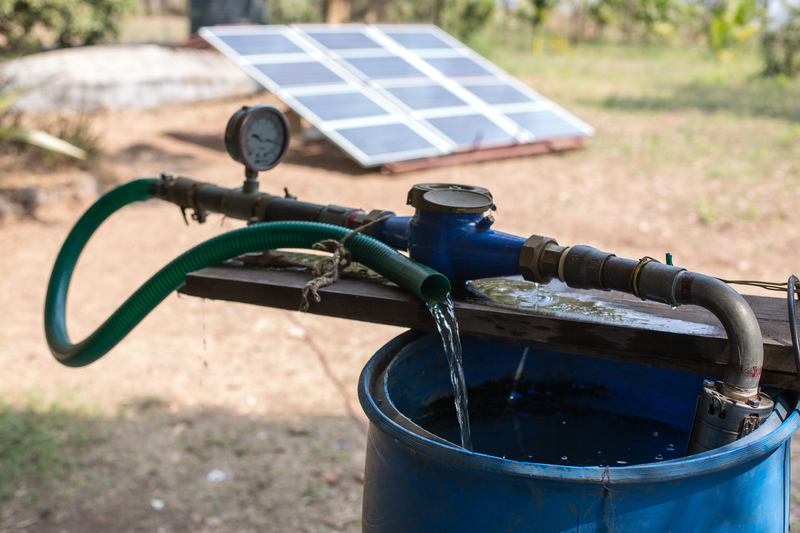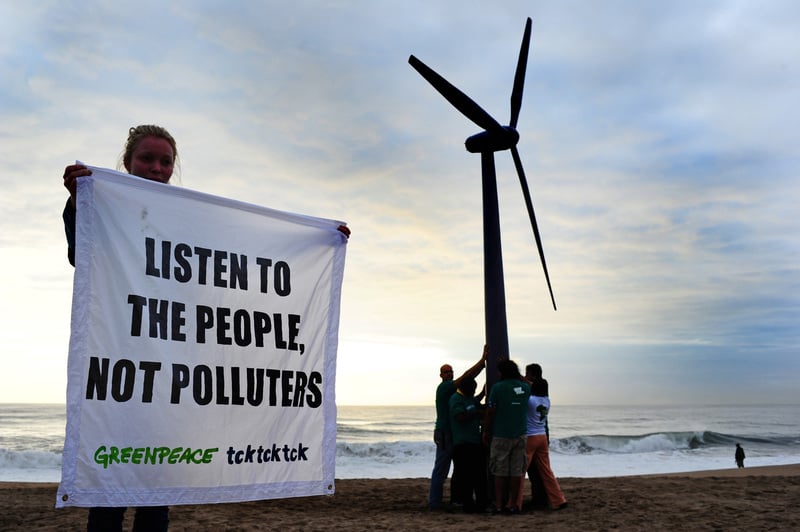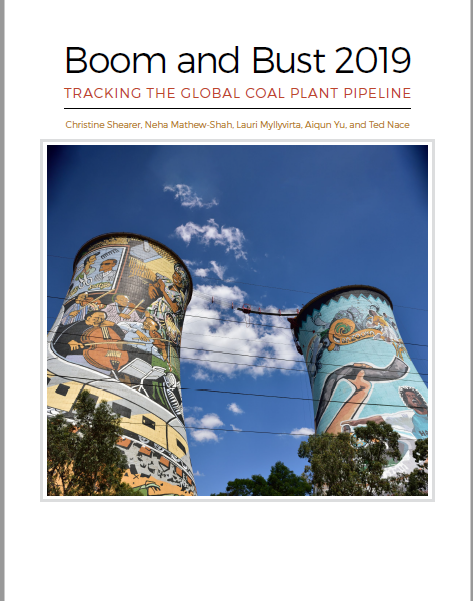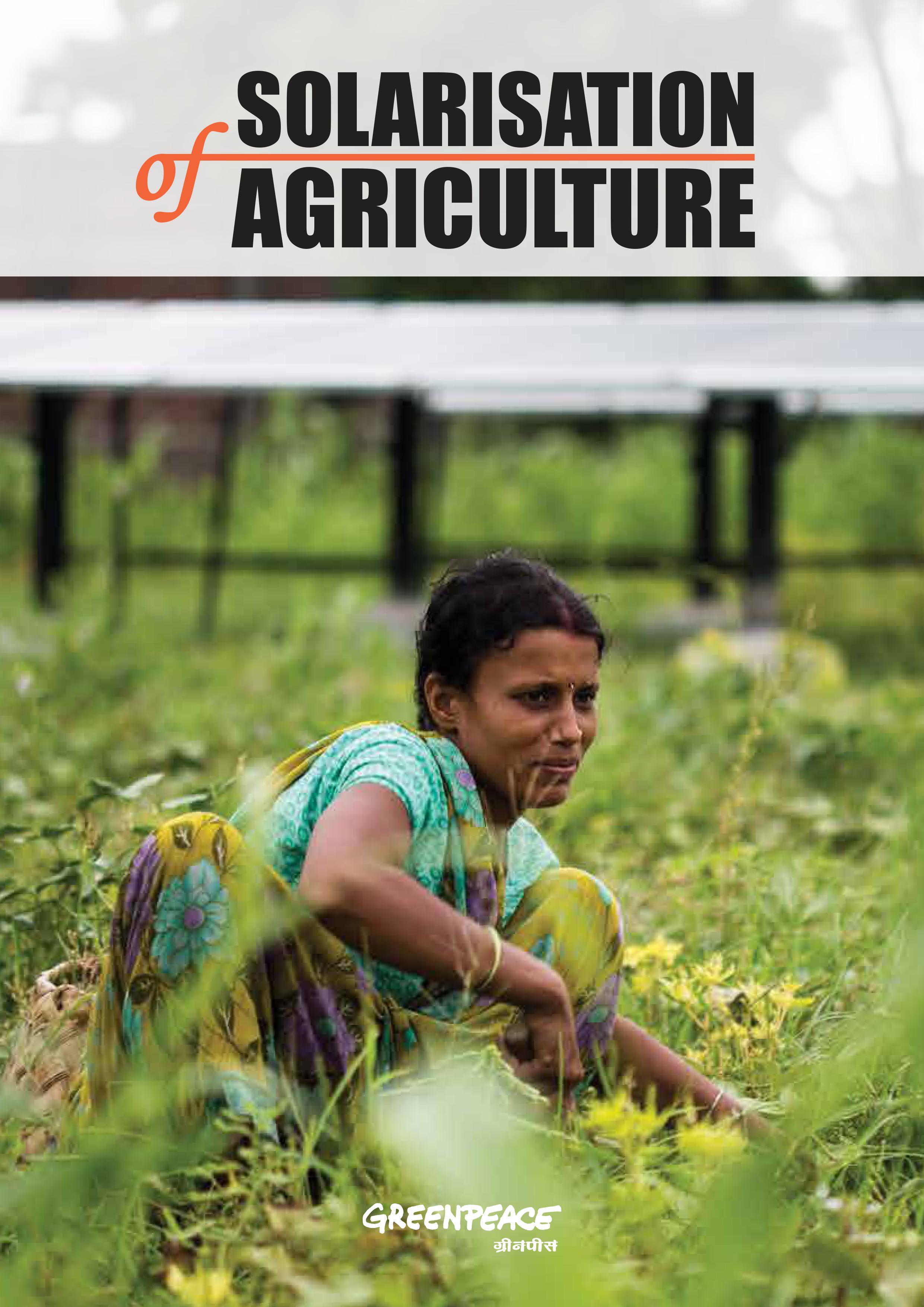According to WHO report released this year, air pollution is one of the leading threats to child health, accounting for almost 1 in 10 deaths in children under five years of age. The recent Lancet planetary health report on health impacts of air pollution reiterated the urgency for action. India even crossed China, historically infamous for its air pollution levels. In addition, now the top ten most polluted cities in the world also belong to India. In conclusion, we can unfortunately claim without doubt that air pollution in India is an emergency.
Greenpeace analysis confirm these international reports. For instance, latest analysis by Greenpeace India shows that about 76,000 premature deaths in the country could have been prevented if coal power plants in India had implemented the coal power plants emission standard norms notified by the MoEFCC in 2015 on time. In addition, our satellite data study showed a clear correlation between locations of coal power plants with NOx (oxides of Nitrogen that are major source of air pollution) emissions hotspots (interactive map below).
https://energydesk.carto.com/builder/4c2ece4f-3367-4432-a418-8ce61ca01801/embed
Coal-based power plants continue to be the major source of air pollution in the country, with over 300 coal thermal power plants still violating emission standards. Sadly, India is still heavily dependent on energy coming from coal power plant for meeting its energy needs. So what we need urgently is both a time-bound National clean Air Action plan as well as implementation of strict emissions standards norms for coal-based thermal power plants from the government.
India’s renewable story
Though Indian government set an ambitious 175 GW renewable energy target by 2022 for itself, what is perplexing is its misplaced priorities on investments in this area. 2018 has been a downer for India’s renewable sector especially with respect to solar energy installation. GST, safeguard duties and confusion around policy measures has made for a shabby performance for solar sector companies this year.
Meanwhile, the MoEFCC (Ministry of Environment, Forests and Climate Change) continues to approve new coal power plants even as government’s own Central Electricity Authority has made it clear that India doesn’t need any new coal power plants till 2022. For instance, Khurja Supercritical power plant in Bulandshahar, Uttar Pradesh has already acquired land as well as financial backing from Ministry of Finance. And given the air pollution crisis in northern India, another power plant will add to the public health concerns in the region. Moreover, the Rs 12,676 crore Khurja power plant will be an ecological and financial suicide for India. It will utilize Amelia coal block in Madhya Pradesh that requires will cause chopping of lakhs of trees in the dense forest region and the electricity from it will cost between Rs 4.88/kWh – Rs 5.67/kWh. In an atmosphere when solar tariffs are falling as low as Rs 2.44 /KWh, one wonders why the Ministry of Finance still seems keen on investing in Khurja coal power plant?
On top of everything, the same Ministry of Finance has been sitting on Rs. 48,000 crore meant for the KUSUM scheme (an acronym for Kisan Urja Suraksha evam Utthan Mahaabhiyan) that was proposed almost a year back to provide subsidies to farmers for installing solar irrigation pumps. Even if 10 % of water pumps in India are replaced with solar pumps would mean meeting 15 GW of the 100 GW solar ambition.
If you agree, sign our petition demanding Finance Minister to invest in KUSUM scheme and not dirty coal power plants.
Arpita Bhagat is a Digital Engagement Campaigner at Greenpeace India.
References:
- https://ig.ft.com/india-pollution/
- http://ieefa.org/wp-content/uploads/2018/10/Khurja-Thermal-Power-Project_10.2018.pdf
- https://timesofindia.indiatimes.com/city/nagpur/indias-ranking-improves-but-coal-based-power-plants-threaten-clean-energy-bid/articleshow/67032602.cms
- https://www.ft.com/content/d77ed284-e41f-11e8-a8a0-99b2e340ffeb
- https://www.bridgetoindia.com/wp-content/uploads/2014/09/BRIDGE-TO-INDIA_TATA_Beehives-or-elephants_2014_final_email-2.pdf
- http://www.pib.nic.in/Pressreleaseshare.aspx?PRID=1555373

From sunlight to a clean energy efficient farming for securing a sustainable energy future for India!
Get Involved


